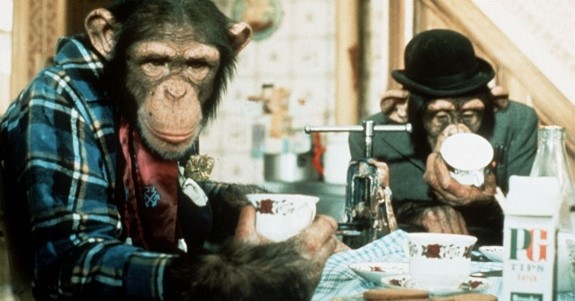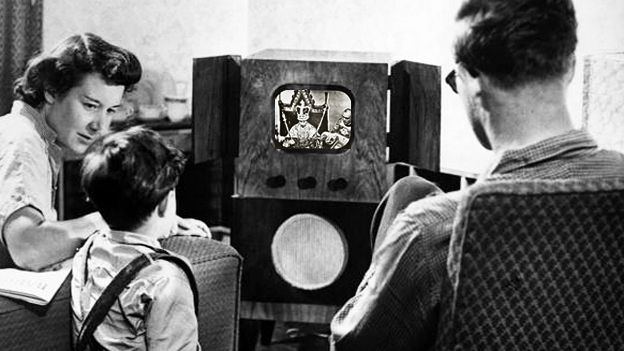The Queen’s Coronation: A catalyst for Television
When the fresh-faced, 25-year-old Elizabeth became Queen, Britain, and the world around us looked profoundly different from today. The global stretch of the British Empire was being challenged, rationing was still in force and cities were slowly being rebuilt after WW2. Airplane travel was slowly becoming more common, and TVs were rare household items. Over the last 70 years, there’s been a remarkable and turbulent social and cultural change, with Queen Elizabeth remaining the constant throughout.
Cultural transformation in the era of Television
The 2nd of June 1953 marked more than one historical moment. Not only was Elizabeth proclaimed Queen, but more people tuned into the live TV broadcast of her coronation than had ever been seen on TV before! Television licenses dramatically increased from around 750,000 in 1951 to 3.2 million in 1954. This was a turning point for television, with figures outnumbering radio audiences for the first time ever.
From this moment, the shared experience of watching programs on TV became a central part of British family life. Unsurprisingly, TV Advertising boomed as a result, with brands like Cadbury’s, PG tips (think talking monkeys chattering about tea), and Pepsi building their brand narrative through witty visuals, emotive storytelling, and relatable imagery, a way of family-friendly advertising that was previously unimaginable. 
Over the last few decades though, the humble television set has come under increasing pressure and the final years of Queen Elizabeth’s reign will likely see the end of the Television License. With streaming services at an all-time high, the idea of waiting for a scheduled program today seems outdated and clunky. And, importantly, the TV, once the focal point of a family home, has been swapped instead for the solo viewing options of laptops and iPads.
What does this mean for the modern TV consumer?
Flexibility and the fall of shared viewing have impacted collective British culture. While viewers were once able to define themselves by what they both loved and despised on TV, viewers tend to now consume only shows they agree with. This shift is also reflective of the trend towards polarisation and the “echo chambers” of social media. Brands have had to flex as a result, often becoming hyper-specific in both targeting and content.
One broadcast that has remained remarkably consistent, though, is the Queen’s Christmas Day speech. While her content changes every year, the format is largely unchanged and the 3 pm message remains important to many families, whether they watch it live or recorded. Notably, the Queen’s message is often one of tolerance and peace. The Royal Family’s success relies on the constant negotiation between tradition and modernity, continuity and change. Queen Elizabeth’s jubilee is a reminder of the power of consistency and principles – many brands (and TV content creators) would do well to take note!


